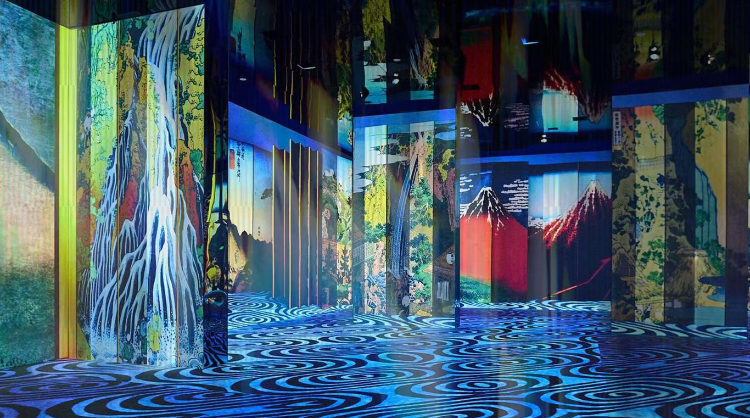The Future of Digital Art: How AI is Changing Digital Art Creation

Art has changed throughout the years. As new tools are developed, the process of creation becomes easier. The greatest transformation that has ever occurred is now being brought about by artificial intelligence. Anyone may create a picture in few seconds with a basic text prompt. This begs serious issues even as it makes digital art accessible to more individuals than ever before.
Should artificial intelligence be able to produce art right away, what does it mean for human creativity? Is the artistic worth of a machine-generated picture the same as that created by hand? And how do we define uniqueness when artificial intelligence techniques proliferate?
The importance of art authentication is growing as it aids in the protection and verification of digital works of art. These issues are important as art transcends vision to be experienced. It’s about sentiment, effort, and ideas.
Thanks to artificial intelligence, people are creating differently; whether this is a good or negative development depends on how it is seen and used.
AI as a Tool or a Creator?
New tools have changed the way artists make art for as long as there have been artists. Many people didn’t believe photography was an art form when it first came out. Over time, it became clear that it wasn’t taking the place of art; instead, it was just giving people more ways to record what they saw.
Digital art and 3D modeling went through the same thing. Traditional artists fought these new ideas at first, but in the end, they became an important part of modern creativity. AI is the newest change, but it’s not like anything else that has happened before. AI can create whole works by itself, unlike other tools that help artists bring their ideas to life.
Now, there’s a new question: what does the artist do if a machine can make something right away?
Some people see AI as an exciting chance to make creation easier for people who have never thought of themselves as artists. Some people are worried that it takes away the personal touch and turns art into something more like a machine than a deeply human thing.
The discussion is rising as more works made by AI show up online. Is AI just another tool for artists to play around with, or is it something bigger that changes what it means to be creative?
The Challenge of Originality
Is known that artists express their feelings and vision through their work. Every decision is deliberate. But AI operates differently. It doesn’t have sentiments or ideas; it analyses pictures, identifies patterns, and creates.
With more AI-generated images appearing every day, it’s becoming harder to tell which pieces were made by a person and which were produced by a machine. This complicates things, not just for artists trying to protect their work but also for collectors and platforms that must verify if an artwork is truly unique.
Without a way to track the origins of a piece, digital art could lose its sense of identity.Art authentication is very important for this because it lets you prove where an artwork came from and keep its worth.
For many artists, this changes the way they think about creativity. Some use AI as a tool to experiment and speed up their process, while others worry that it removes the human element of art. No matter where people stand, one thing is certain—AI is changing the way we look at originality, and the conversation around it is only getting started.
Introducing Verification in AI Art
In response to the need for precision in the work produced by AI, new technologies like the 7007 protocol have been developed. For each piece of AI-generated content, this blockchain-based standard allows for a clear and verifiable origin. By using an open-source structure, the 7007 protocol helps artists and fans trust that digital works are real and belong to them.
With this kind of proof, artists can make a clear connection between the ideas they gave the AI and the end product it made. Not only does this protect originality, but it also opens up new ways to make money by making it safer for artists to sell and share art made by AI. As the world of digital art grows, these kinds of methods will be needed to keep trust and worth.
The protocol also includes a challenge system that lets content created by AI that is being questioned be looked over and, if necessary, fixed. This method protects the purity of digital art by stopping unauthorized changes and making sure that works made by AI can still be checked and believed.
What’s Next for Creativity
It is impossible to ignore how AI is transforming art. Although technology facilitates creativity, it also calls into doubt creative purpose and originality. While some believe technology takes away the human touch that gives art meaning, others view it as a potent instrument that helps artists push limits.
Understanding how human creativity fits into this new environment is more difficult than just defining art as AI-generated works grow. This is why art authentication is important: it helps people figure out what original art is and makes sure that digital art keeps its own identity.